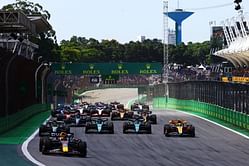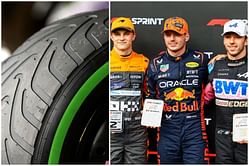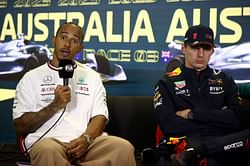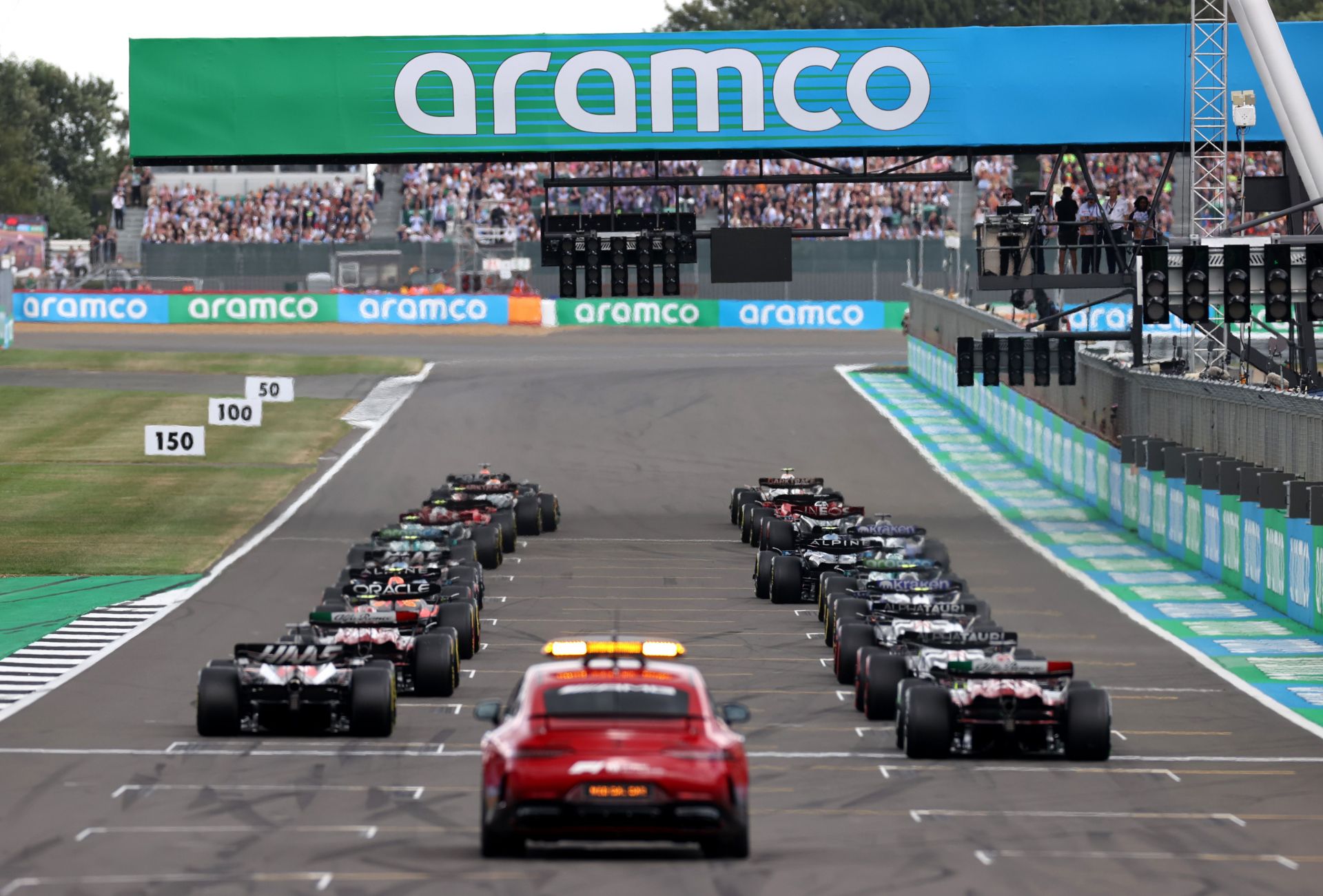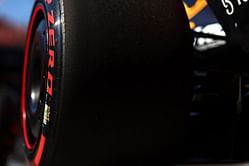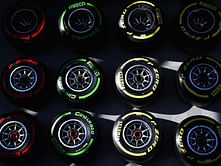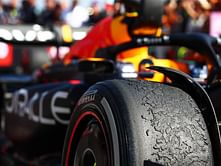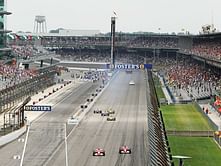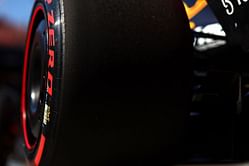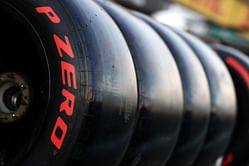Every Formula One car’s performance is highly dependent on the type and compound of F1 tyres put to use. The modern F1 cars could be a technical masterpiece but without the proper compound of tyres, even the very best car cannot stand a chance. The F1 tyres have undergone major changes throughout the history of Formula One, with different manufacturers and specifications used in the sport.
History
The development of the F1 racing tyre came of age with the appearance of 'slick' un-treaded tyres in the late 1960s and early 1970s. Teams and tyre makers realized that by omitting a tread pattern on dry weather tyres, the surface area of rubber in contact with the road could be maximized. Until 1998 season Formula 1 cars ran with slicks, then ‘grooved’ tyres were introduced to curb the cornering speeds. Those grooved tyres had three grooves in the front tyres and four grooves in the rear tyres.
The regulations specified that all tyres had to have four continuous longitudinal grooves at least 2.5mm deep and spaced 50mm apart. These changes created several new challenges for the tyre manufacturers - most notably ensuring the grooves' integrity, which in turn limited the softness of rubber compounds that could be used.
![]()
For 2007, Bridgestone became the sole tyre supplier in Formula One, they introduced four compounds of the tyre, two of which are made available at each race. The harder tyre (Prime tyre) is more durable but gives less grip, and the softer tyre (Option tyre) gives more grip but is less durable.
Tyre Suppliers
From 1950 to 1960 the F1 tyres were manufactured by 5-6 companies, Pirelli, Firestone, Dunlop, Englebert, Avon, and Continental. Then for the following three years, Dunlop was the sole tyre manufacturers for Formula One racing. Then for almost two decades till the 1980s the tyre compounds were provided by Dunlop, Goodyear, and Firestone. Until Pirelli came back to F1 market shared space along with Goodyear then became the sole tyre suppliers from 2011 till date replacing Bridgestone and Michelin of 1990s.
F1 Tyre Compounds 2018 by Pirelli
![]()
Current F1 tyre suppliers Pirelli has a range of seven dry-weather F1 tyre compounds for 2018 Formula One Season.
Hypersoft Tyre - pink sidewall marking.
Ultrasoft Tyre - purple sidewall marking.
Super Soft Tyre - red sidewall marking.
Soft Compound - yellow sidewall marking.
Medium Compound Tyre - white sidewall marking.
Hard Compound Tyre - blue sidewall marking.
Super Hard Compound Tyre - orange sidewall marking.
Pirelli Intermediate tyre - Green Sidewall marking, for mixed conditions like drizzle, track drying out after rain etc.
Wet-weather tyre - Blue sidewall marking, have full tread patterns, necessary to expel standing water when racing in the wet. However, sometimes conditions are too wet for even the full wet tyres to cope with. The tread patterns of modern racing tyres are mathematically designed to scrub the maximum amount of water possible from the track surface to ensure the best possible contact between the rubber and the track. At full speed, the Pirelli intermediate tyre can disperse up to 30L of water per second, while the full wet tyre can disperse 85L/sec.
Despite the development effort invested in aerodynamics, composite construction and engines it is not easy to forget that the nitrogen mixture filled tyres are still an F1 car’s biggest single performance variable and the only point of contact between car and track.
FAQs
Pirellis slick and wet weather tyres are used in Formula 1.
Soft (Red) tyres are fastest and grippiest tyres in Formula 1 race.
Formula 1 uses treaded intermediates and full wet tyres during the rain.
Teams are given 13 sets of tyres during a race weekend with one extra set of soft tyres for Q3.
